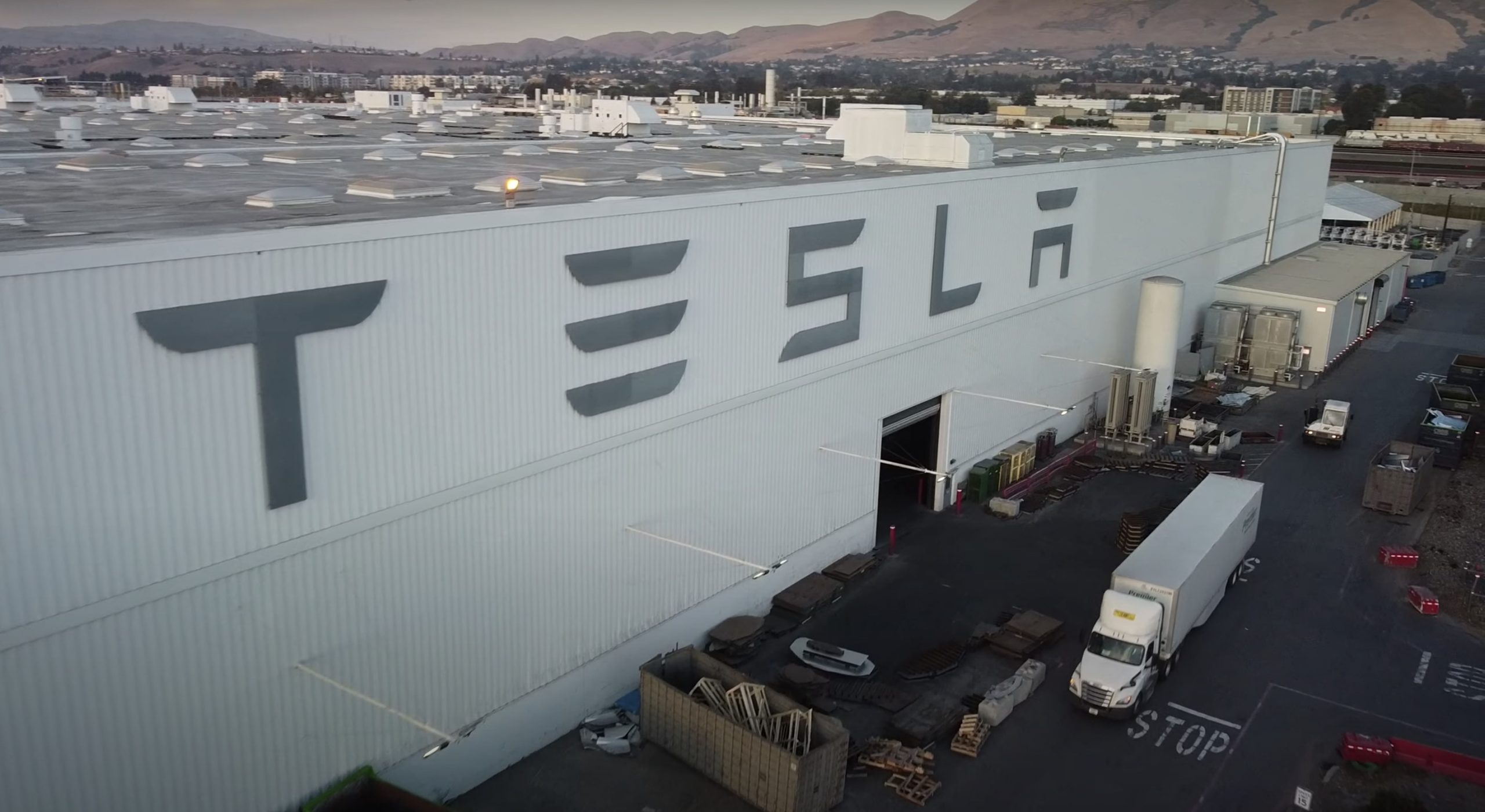New Street Research managing partner Pierre Ferragu recently explained why Tesla’s (NASDAQ:TSLA) EV credits is only icing on the cake for the electric car maker. Tesla reported a revenue of $8.771 billion with a net income of $331 million in Q3, with regulatory credits accounting for $397 million of the EV maker’s earnings.
When asked about how regulatory credits have boosted Tesla’s numbers this year, Ferragu told Fox Business that the EV credits aren’t a big part of the electric car maker’s future valuation at all. This is partly due to regulatory credits being short-term, and Tesla’s vehicle margins.
“Why are you looking at profits of this year? You know Tesla is trading on maybe, like over 100x that, more than 100x that, so that’s not reason to drive our valuation of TSLA. What really matters is how much profit Tesla makes in 2025, in 2030. We’ve had a string of conversations about that,” said Ferragu.
He explained his stance further, saying: “So, to give you a sense of that, in 2025, I have Tesla making $16 of earnings per share just out of the auto business. And in that, there’s absolutely no credit revenues. We don’t have credit revenues in our model. Credit revenues are very short-term, have a very short duration, so you arrive at about $1.5 billion in pure profit this year. So that’s like free money Tesla gets and Tesla will be able to reinvest in their business.”
A big portion of Tesla’s EV credits come from its Fiat pooling deal which was estimated to be worth $1.8 billion through 2023 by Baird analyst Ben Kallo. Recently, Honda joined Tesla’s pooling deal with Fiat Chrysler Automobiles (FCA), probably increasing TSLA’s profitability with EV credits.
Many TSLA bulls, specifically retail investors who have accumulated a good number of shares over the years, agree with Ferragu’s assessment of Tesla’s use of EV credits. As TSLA Bull @stevenmarkryan explained, EV credits are more of a byproduct of Tesla doing what it is already doing. During his interview with Fox Business, Ferragu strived to explain Tesla’s profitability without EV credits on the table.
“But that money is going away relatively rapidly in the next three or four years. And that’s not part of the overall picture. What really matters today is to look at the gross margins of Tesla excluding the regulatory credits. And excluding credits, Tesla’s gross margins is about 20%, it’s a leading gross margin for a car manufacturer. And it continues to expand as the Model Y is a higher margin, the Model Y is included in the mix. That’s what really matters, and credits have nothing to blame there,” Ferragu said.
Morgan Stanley recently raised its price target for TSLA to $540. “Mine is a tad above that. It’s $578. They’re getting closer to the truth,” Ferragu commented during his interview.
In October, Ferragu released a New Street Research analysis on Tesla and set his $578 TSLA price target for the company. The analysis hinted at a decade of hyper-growth for Tesla. In it, Ferragu and his fellow analysts estimated that Tesla had an addressable market of 20 million units. The S3XY lineup directly addressed 8 million units with an additional “trading up” opportunity of 12 million units. The Cybertruck added an extra 3 million units to the equation.
Recently, Tesla joined the Zero Emission Transportation Association (ZETA) along with 28 other companies, like Rivian, Duke Energy, Seimens, and Lucid Motors. ZETA wants to reach 100% EV adoption by 2030 in the United States. In Europe, the EU Commission plans to enforce stricter emission standards that could kill the combustion engine by 2025. Other countries seem be preparing for an EV-lead auto industry as well, which could bring about Tesla’s hyper-growth in the next decade.











